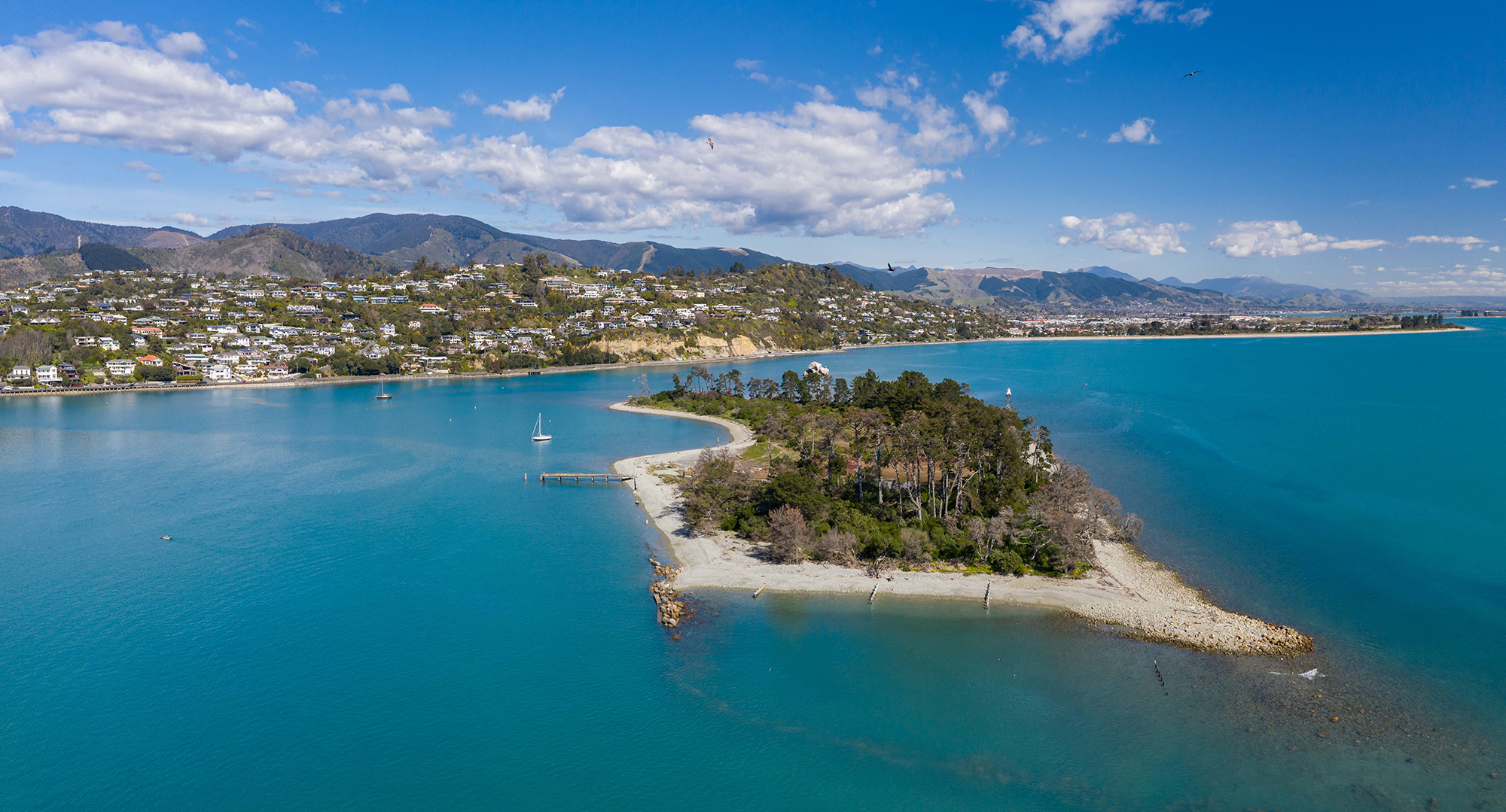Supreme Court of New Zealand Te Kōti Mana Nui
28 FEBRUARY 2017
MEDIA RELEASE – FOR IMMEDIATE PUBLICATION
PROPRIETORS OF WAKATU & ORS v ATTORNEY-GENERAL
(SC 13/2015) [2017] NZSC 17
PRESS SUMMARY
This summary is provided to assist in the understanding of the Court’s judgment. It does not comprise part of the reasons for that judgment. The full judgment with reasons is the only authoritative document. The full text of the judgment and reasons can be found at Judicial Decisions of Public Interest www.courtsofnz.govt.nz.
In March 1845 Commissioner William Spain found in an award made under the Land Claims Ordinance 1841 that a purchase in 1839 by the New Zealand Company of substantial territory in the north of the South Island of New Zealand (Te Tau Ihu) had been “on equitable terms”. The award cleared the land of native title and vested it as Crown land, able to be granted by the Governor. Spain recommended that a Crown grant of 151,000 acres of the land be made to the Company for its Nelson settlement.
Under Spain’s award, land amounting to one-tenth of the recommended grant to the Company was to be reserved for the benefit of the original Maori owners (in accordance with the terms of the Company’s purchase, in which such reservation had been part of the consideration for the purchase). Those entitled to the benefit of the reserves were hapu of Ngati Rarua, Ngati Tama, Te Atiawa and Ngati Koata. In addition to the tenths reserves, all Maori occupied land within the grant (including cultivated land and urupa) was to be excepted and reserved for the occupiers under the terms of the award.
Only 5,100 acres of the 15,100 acres of tenth reserves required by the Spain award were identified and reserved at the time of the award. These comprised 100 one-acre town sections in Nelson township and 100 “suburban” sections of 50 acres in the districts of Motueka and
Moutere. After selection, they were taken under the control of Governor Hobson and administered by agents and officials from 1842. The appellants allege that there were losses to these reserves in the period up to 1856 (after which the remaining tenths reserves were administered under the New Zealand Native Reserves Act 1856). They allege further losses up to 1882 when the lands then remaining were vested in the Public Trustee. The tenths reserves were later vested in the Maori Trustee before being transferred to the first appellant, the Proprietors of Wakatu, in 1977.
The balance of the tenths reserves required under the Spain award, amounting to 10,000 acres of rural land, was never obtained and added to the tenths reserves. The failure to reserve these 10,000 acres is a principal claim in the litigation that gives rise to the appeal. The lands were included in a grant eventually accepted by the New Zealand Company in 1848 and were returned to the Crown after the failure of the Company in 1850.
In addition, before the 1848 grant, some of the town sections reserved for Maori had been lost when there was a reduction in the overall number of town sections. Other reserved lands had been exchanged by the Crown for land occupied by Maori. The exchanges benefited the particular occupiers, but it was alleged they diminished the effective extent of the tenths reserves for the wider beneficiaries, being the customary owners of the entire district covered by the Spain award.
The Maori occupied land was not surveyed in 1842 and it is alleged that much was not separated either from the lands granted to the Company in 1848 or from the Crown lands obtained following the Spain award but not granted to the Company. In 1848 Maori occupied land in Massacre Bay was identified by survey and reserved. But there was no similar exercise of identification and reservation undertaken in the balance of the Nelson Districts. The loss to the occupiers through failure to exclude the occupied land has not been quantified, although some occupied land was later returned to Maori ownership.
The administration of the tenths lands actually reserved was not regulated by any statutory instrument until enactment of the Native Reserves Act 1856. After 1856, their management was undertaken in reliance on powers in that Act and in succeeding legislation, although the blocks themselves remained vested in the Crown until vested in the Public Trustee in 1882. By that date, the town and suburban sections had been diminished through exchanges and Crown grants under Crown management from 5,100 acres in 1842 to 2,774 acres in 1882.
The appeal concerned:
a) The losses to the tenths reserves arising out of:
i) the failure to reserve the 10,000 acres required for their completion in accordance with the Spain award; and
ii) the diminution of the identified town and suburban tenths reserves by some 2,326 acres in the period of Crown administration between 1842 and 1882.
b) The failure to reserve occupied land for the benefit of the occupiers in accordance with the Spain award.
In 1893 253 beneficiaries of the reserves by descent were identified by the Native Land Court on application of the Public Trustee. In 1977 the tenths reserves, by then held by the Maori Trustee, were vested by private Act of Parliament in Wakatu, a Maori incorporation which holds the land on trust under Te Ture Whenua Maori Act 1993 for the successors of the beneficiaries identified in 1893.
The loss of the tenths reserves and the occupied lands in 1986 was the subject of a claim taken by Rore Pat Stafford (and Hohepa Matuaiwi Solomon) to the Waitangi Tribunal. Mr Stafford is kaumatua of Ngati Rarua and Ngati Tama and descendant of beneficiaries identified by the Native Land Court in 1893. The claim, Wai 56, was heard by the Tribunal in a district-wide inquiry into a number of historical grievances by hapu within Te Tau Ihu. The Waitangi Tribunal reported in 2008 that the Crown was in breach of its Treaty obligations in a number of respects, including in relation to the Nelson tenths reserves. The Tribunal did not make specific recommendations as to relief. Instead it recommended that Crown and iwi enter into negotiations with a view to settlement.
Wakatu and Mr Stafford joined in the settlement negotiations and subscribed to the mandate given to the negotiator on behalf of all iwi in the area but on the basis that Wakatu remained kaitiaki of the Wai 56 claim. Wakatu and Mr Stafford sought to have a separate settlement of Wai 56, initially with some support from the mandated negotiator. When the Crown would not agree to a separate settlement of the tenths claims, Wakatu and Mr Stafford first sought an urgent hearing in the Waitangi Tribunal. That application was declined.
The present proceedings were filed in the High Court in 2010. The three plaintiffs were the appellants in this Court: Wakatu, Mr Stafford and the trustees of Te Kahui Ngahuru Trust. Wakatu’s owners no longer coincide entirely with the descendants of the beneficiaries identified by the Native Land Court in 1893 because some descendants were excluded under legislation for consolidation of Maori land interests and others have succeeded under former legislative provisions which did not confine succession to descendants. Te Kahui Ngahuru Trust was set up as a vehicle to represent all descendants of those identified as beneficiaries in 1893, to remedy the fact that Wakatu does not represent all of them.
The claim was that the Crown had breached duties owed by it to the original customary owners of the land as trustee or otherwise as a fiduciary to reserve and hold one-tenth of the 151,000 acres purchased by the Company in and around Nelson for their benefit and to except and hold on trust the lands occupied by the proprietors as pa, urupa and cultivations. In addition, the plaintiffs claimed that the tenths reserves in the town and suburban sections had been diminished by the exchanges
and transactions in breach of trust or fiduciary duty entered into by the Crown in the years from 1842 to 1882.
In the High Court, the plaintiffs sought relief by way of declarations. The declarations sought were that:
a) the Crown was obliged to reserve and hold the 15,100 acres of tenths reserve land (the 5,100 acres of town and suburban land originally reserved together with the 10,000 acres never reserved) and the occupied lands on express trust for the tenths owners;
b) any land held by the Crown in the Nelson Settlement is held on an express, constructive or resulting trust for the beneficiaries of the tenths reserves (defined as the descendants of those identified by the Native Land Court as beneficiaries in 1893); and
c) “to the extent that the Crown has converted to its own use tenths land or occupied land”, it is obliged to restore the land or pay compensation (in substitute land or money) to the owners or to account for its profits on sale.
The plaintiffs were unsuccessful in the High Court. Clifford J held that none had standing to bring the claim. Nor did he accept that the Crown had assumed responsibility for the tenths reserves or the occupied land as trustee or fiduciary. Rather, he considered that the Crown had acted in a governmental capacity incompatible with a duty of loyalty to any particular group.
The plaintiffs appealed to the Court of Appeal. Before their appeal could be heard, the settlement negotiations in respect of Te Tau Ihu, (which had been suspended pending the determination of the claim by the High Court) resumed. Deeds of settlement were entered into and enacted as the Ngāti Kōata, Ngāti Rārua, Ngāti Tamaki Te Tau Ihu and Te Ātiawa o Te Waka-a-Māui Claims Settlement Act 2014. Under the Settlement Act, the Crown was discharged from any liability, including legal or equitable liability, in respect of “historical claims”, defined to include claims in connection with the Nelson tenths reserves. There was, however, a savings provision related to this litigation. The meaning of the Settlement Act, and whether it prevented the claim on behalf of the beneficiaries of the tenths reserves proceedings, became an additional issue in the Court of Appeal.
The Court of Appeal allowed Mr Stafford’s appeal against the finding in the High Court that he lacked standing to bring the claim and made a declaration that he had such standing. Otherwise, the Court dismissed the appeal. The Court was unanimous in the view that the Crown did not owe fiduciary obligations to the beneficiaries of the tenths reserves, again because it was acting in a governmental capacity rather than as a fiduciary.
The appellants appealed to the Supreme Court against the decision of the Court of Appeal. The Crown cross-appealed against the Court of Appeal’s determination that Mr Stafford had standing.
On the appeal, the principal questions for the Supreme Court were:
a) whether the Crown owed fiduciary duties to the customary owners to reserve or hold on trust for them the tenths reserves and the occupation lands;
b) whether claims of breach of any fiduciary duty owed (through failure to set aside the tenths and occupation reserves and through the dealings which diminished the tenths reserves) were subject to defences through lapse of time under the Limitation Act 1950 or in application of the doctrine of laches in equity;
c) whether the appellants had standing to bring civil proceedings for breach of such duties against the Crown; and
d) whether relief was barred by the terms of the Settlement Act.
The Supreme Court has allowed the appeal in part. The reasons are given in the four judgments delivered by the Court.
In accordance with the opinion of the majority comprising Elias CJ, Glazebrook , Arnold and O’Regan JJ, Mr Stafford has succeeded on the principal point on which his claim failed in the High Court and Court of Appeal. The majority decision in this Court is that the Crown owed fiduciary duties to reserve 15,100 acres for the benefit of the customary owners and, in addition, to exclude their pa, urupa and cultivations from the land obtained by the Crown following the 1845 Spain award. The appeal is allowed on this point and Mr Stafford has been granted a declaration to that effect. Mr Stafford’s claim may proceed in the High Court for determination of matters of breach and remedy.
The Supreme Court has unanimously dismissed the cross-appeal by the Attorney-General against the determination of the Court of Appeal that Mr Stafford has standing to pursue the claim. The Court has determined that Mr Stafford, as kaumatua and descendant of some of the customary owners, has standing to take the claim on behalf of the customary owners.
By majority, comprising William Young, Arnold and O’Regan JJ, the Court has held that Wakatu and Te Kahui Ngahuru Trust lack standing to bring the claims on behalf of the customary owners.
A majority of the Court, comprising Elias CJ, Glazebrook, Arnold and O’Regan JJ, has held that Mr Stafford’s claims are not barred by the Limitation Act 1950 to the extent that they are within the terms of s 21(1)(b) of the Act – that is, to the extent that they seek to recover from the Crown trust property either in the possession of the Crown or previously received by the Crown and converted to its use. Any other issues relating to limitation, including the availability of a limitation defence to any claim for equitable compensation, have been remitted by the Supreme Court to the High Court for consideration and determination. The Supreme Court has directed that it will be necessary for the High Court to determine, once the facts as to breach and possible prejudice have been found, whether the claims are barred in application of the equitable doctrine of laches.
A majority of the Court, comprising Elias CJ, Glazebrook, Arnold and O’Regan JJ, has held that Mr Stafford’s claims are not barred by the Ngāti Kōata, Ngāti Rārua, Ngāti Tamaki Te Tau Ihu and Te Ātiawa o Te Waka-a-Māui Claims Settlement Act 2014. They consider, however, that the effect of the settlement achieved by that Act may be shown on determination of the facts to have caused prejudice to the Crown or to others which it will be appropriate to take into account in considering application of the doctrine of laches. These matters turn on determinations of breach and loss still to be considered by the High Court.
Findings of breach and as to the extent of any consequential losses were not made in the High Court or Court of Appeal. The Supreme Court has not been able to make final determinations concerning liability, loss, and remedy in the absence of primary findings of fact in the lower courts and in the absence of full submissions on the matters, which were not the focus of the present appeal. While it is acknowledged by the Crown that 10,000 acres of the tenths reserves awarded by Spain were never reserved, the extent of loss to the suburban and town reserves is not clear. Nor is it clear to what extent the customary owners have been deprived of their occupied lands which should have been excluded from the Crown land obtained following the Spain award.
Mr Stafford’s claim is remitted to the High Court for determination of remaining issues of liability, defence and relief, in accordance with the judgment and reasons of the Supreme Court.
Although the appeal does not finally determine the litigation and significant issues have been referred back for the determination of the High Court (as indicated in the reasons for this judgment), the Supreme Court has determined that Mr Stafford is entitled to costs. He has succeeded on the principal issue raised by the appeal. The respondent has been ordered to pay Mr Stafford costs of $55,000 together with disbursements and the Supreme Court has quashed the costs orders made in the Court of Appeal and High Court against all appellants.
Full judgment: PROPRIETORS OF WAKATU & ORS v ATTORNEY-GENERAL
Source: www.scoop.co.nz

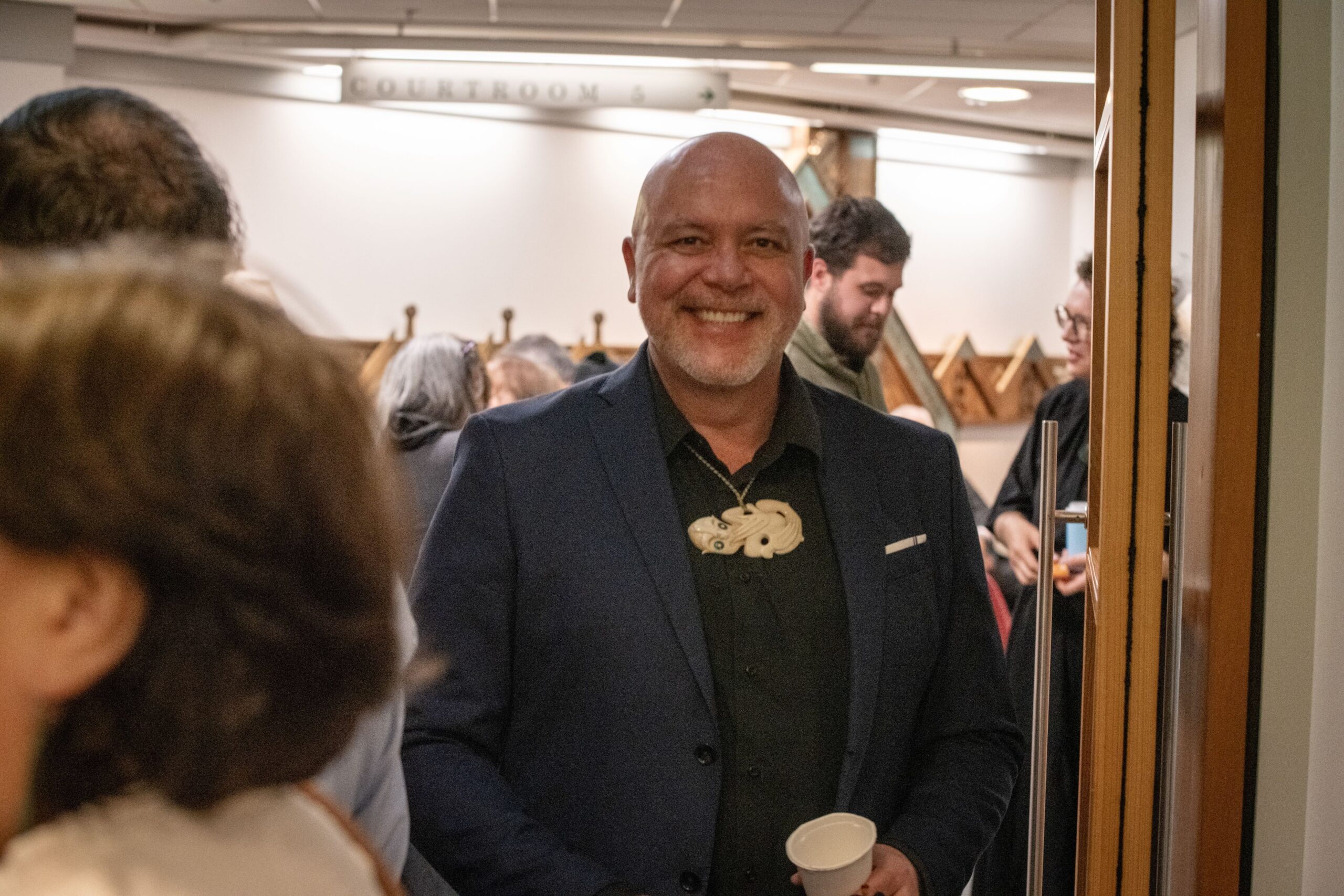

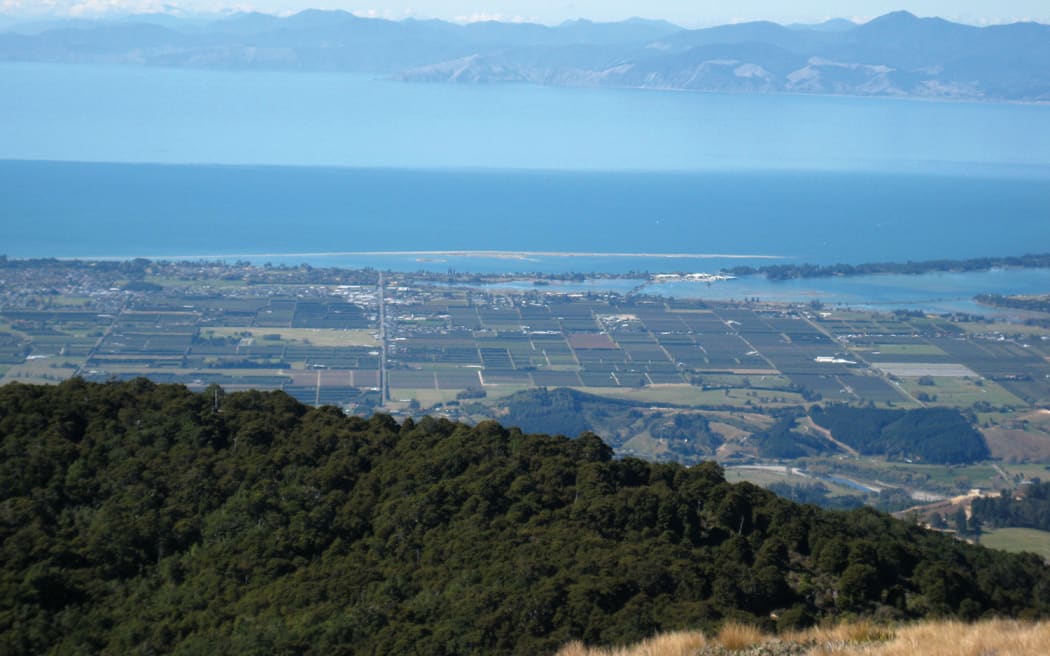
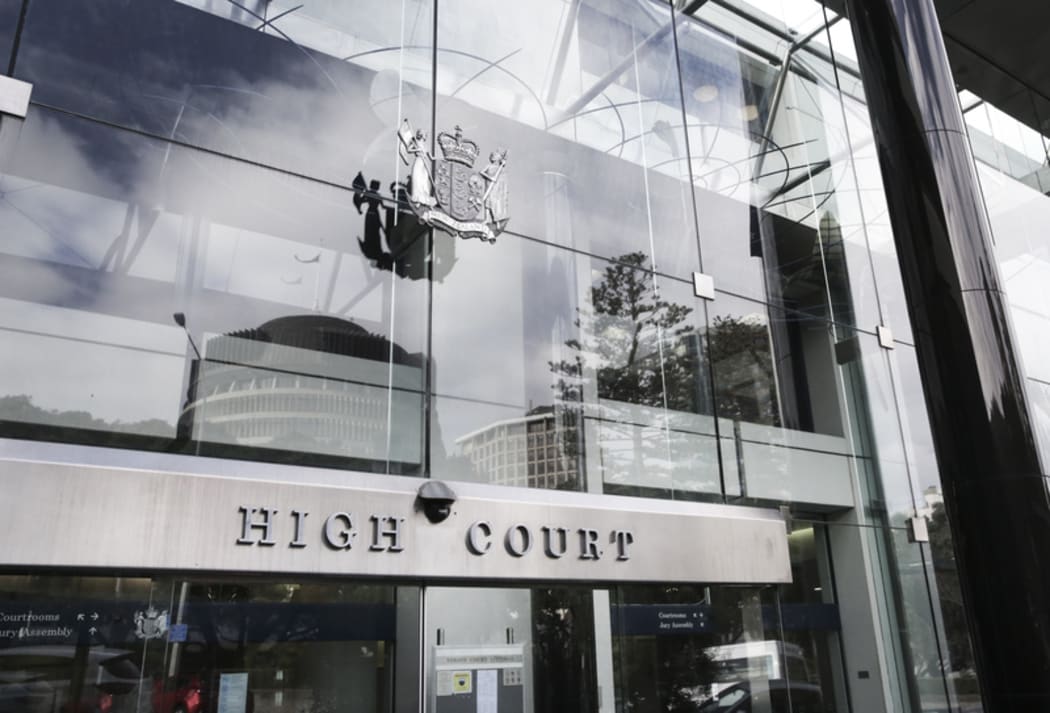
 This article has been written by civil litigation lawyer Sade Sadd. Sade received a Wakatū Incorporation tertiary education scholarship in 2017 and is part of Te Hunga Panuku scholarship alumni group. Sade’s original owner tūpuna is Hakopa Hotu and she connects to Wakatū through her Ngāti Rārua whakapapa.
This article has been written by civil litigation lawyer Sade Sadd. Sade received a Wakatū Incorporation tertiary education scholarship in 2017 and is part of Te Hunga Panuku scholarship alumni group. Sade’s original owner tūpuna is Hakopa Hotu and she connects to Wakatū through her Ngāti Rārua whakapapa. 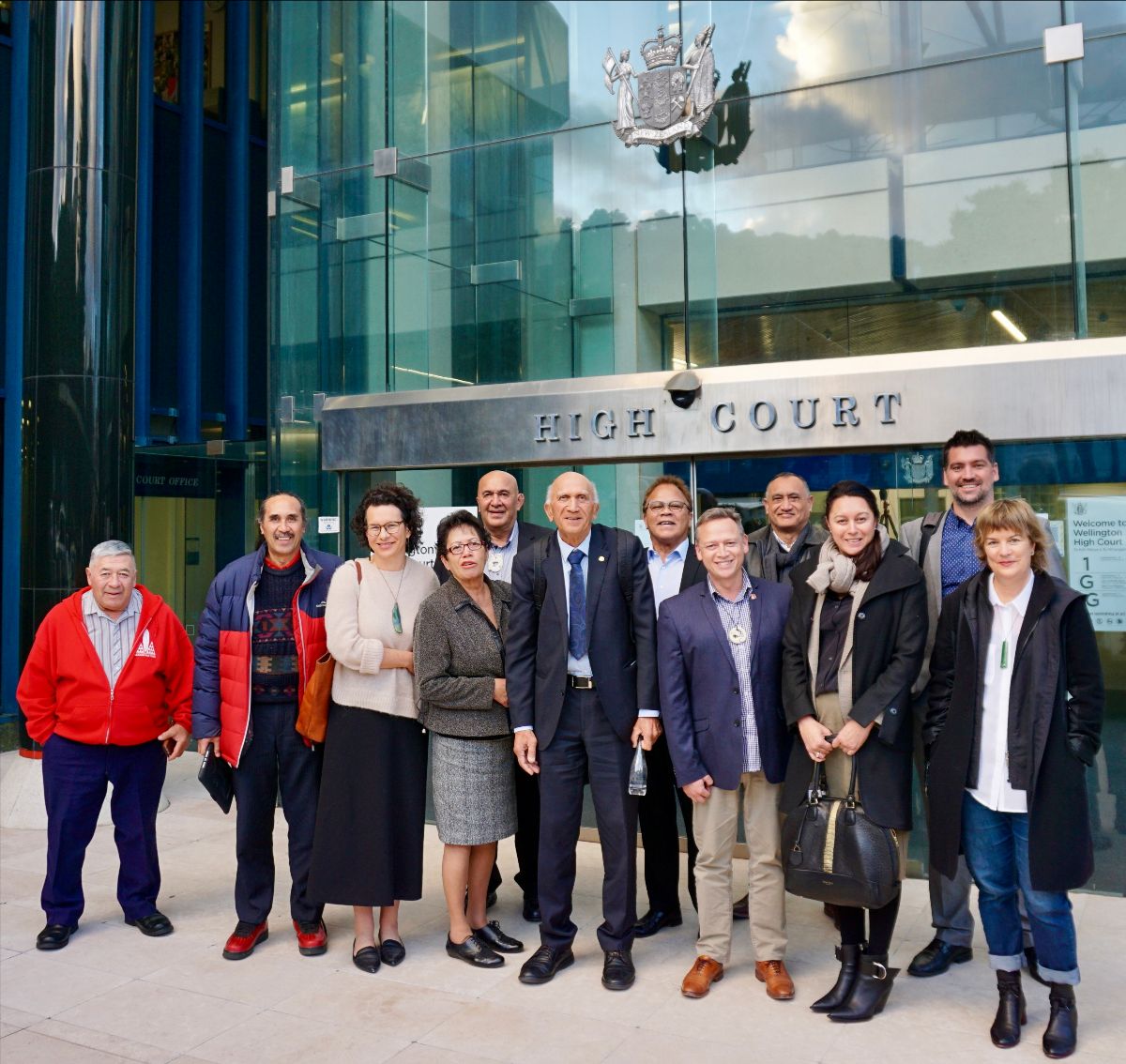




 Opinion: In a move that raises questions about its priorities, the government has chosen to allocate $5million of taxpayer money in the Budget to engage in a protracted legal battle against the customary landowners of the Nelson Tenths Reserves.
Opinion: In a move that raises questions about its priorities, the government has chosen to allocate $5million of taxpayer money in the Budget to engage in a protracted legal battle against the customary landowners of the Nelson Tenths Reserves.